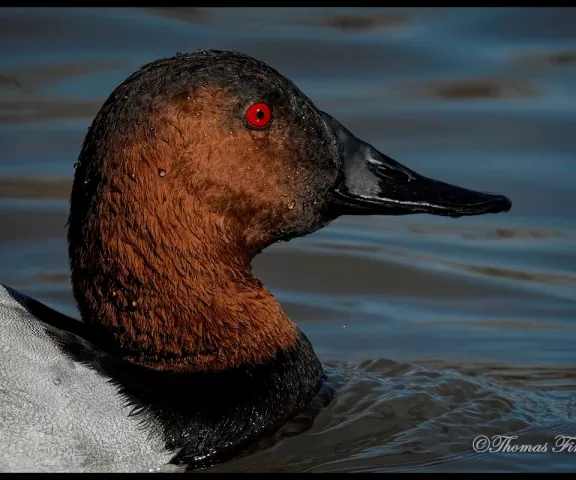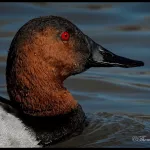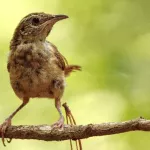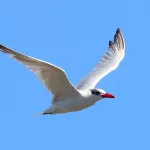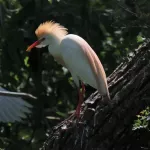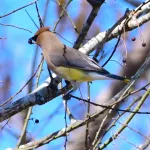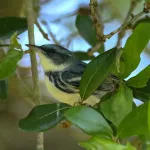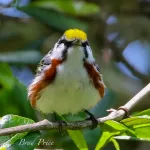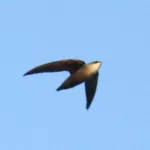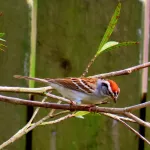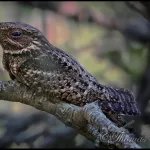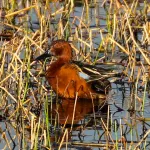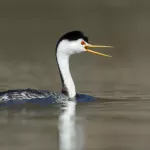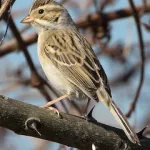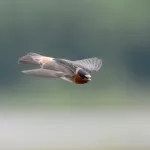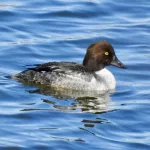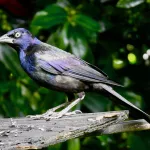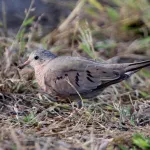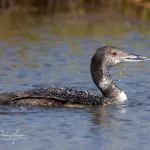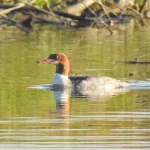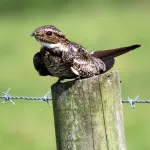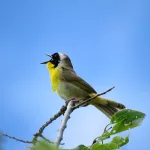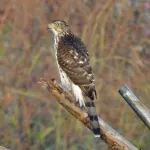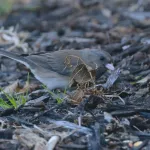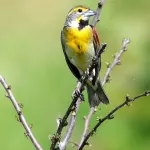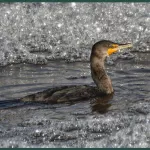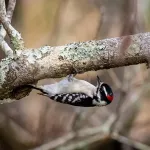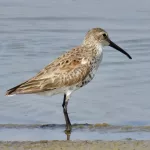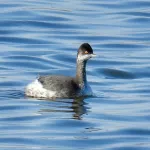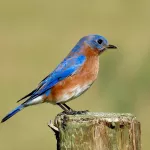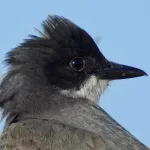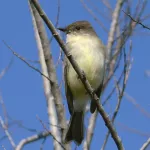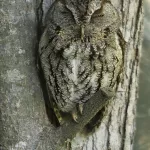The waters of Caney Creek Reservoir (encompassing Caney Lake) are clear and perfect for submerged aquatic vegetation–making them prime habitats for largemouth bass and water birds. The impoundment is south of Jimmie Davis State Park in northwestern Louisiana.
The state’s birding community knows this site as being the best producer of wintering Common Loons. Whereas other lakes may yield one to perhaps four or five loons at a time, Caney Reservoir often yields over 50. The best months for loon viewing are November through April. Waterfowl watching is also outstanding in winter. Twenty-one species have been recorded from here, including Ross’s Goose, American Wigeon, Gadwall, Canvasback, Redhead, Greater Scaup, and the Hooded and Red-breasted Mergansers. A Surf Scoter was recorded here in early March.
Other waterbirds of interest include Horned Grebe (November-March), Bonaparte’s and Ring-billed Gulls, along with Forster’s Tern. During the winter, also look for other vagrant seabirds, including Laughing and Herring Gulls, and Least, Caspian, and Black Terns.
Along with Surf Scoter (and massive largemouth bass!), Caney Lake Reservoir has hosted additional rarities like the Red-throated Loon and Little Gull. A spotting scope is strongly recommended for lake viewing.
This site is best birded from November-March, when the lake is full of waterbirds, and the brushy areas around the spillway are filled with sparrows, wrens, and other thicket-loving birds. The mixed pine-hardwood forest around the lake is also worthy of a look for Brown-headed and Red-breasted Nuthatches, Brown Creeper, Pine Warbler, and several woodpecker species, among others.
Since its creation, Caney Creek Reservoir has produced 16 of Louisiana's top 20 recorded largemouth bass, including the state record of 15.97 pounds. Aside from fishing and birding, recreational activities at the lake include biking/hiking, paddling, and nature photography. The lake is accessible at several convenient sites, including a boat launch (paved parking) with porta-potties and an observation pier. The site is partially handicapped-accessible.
